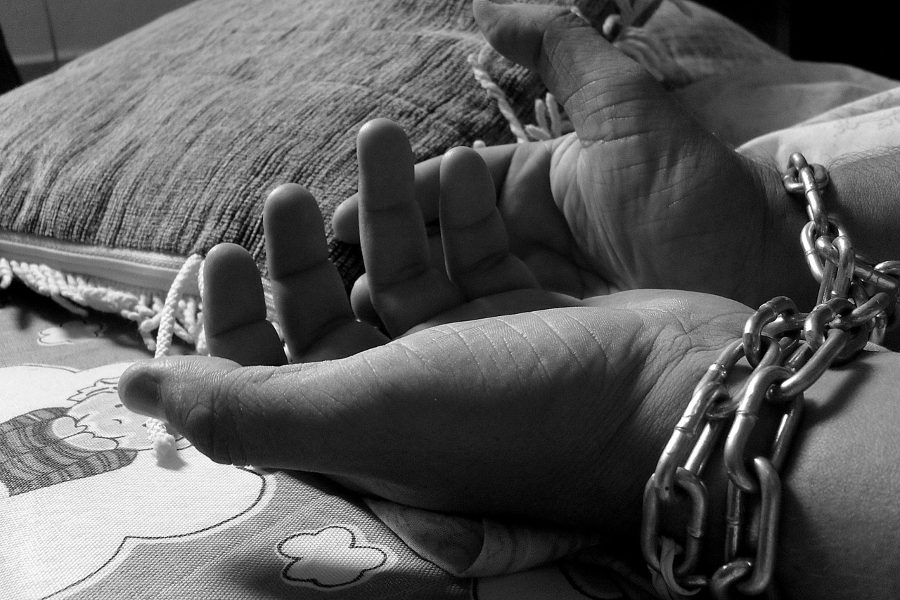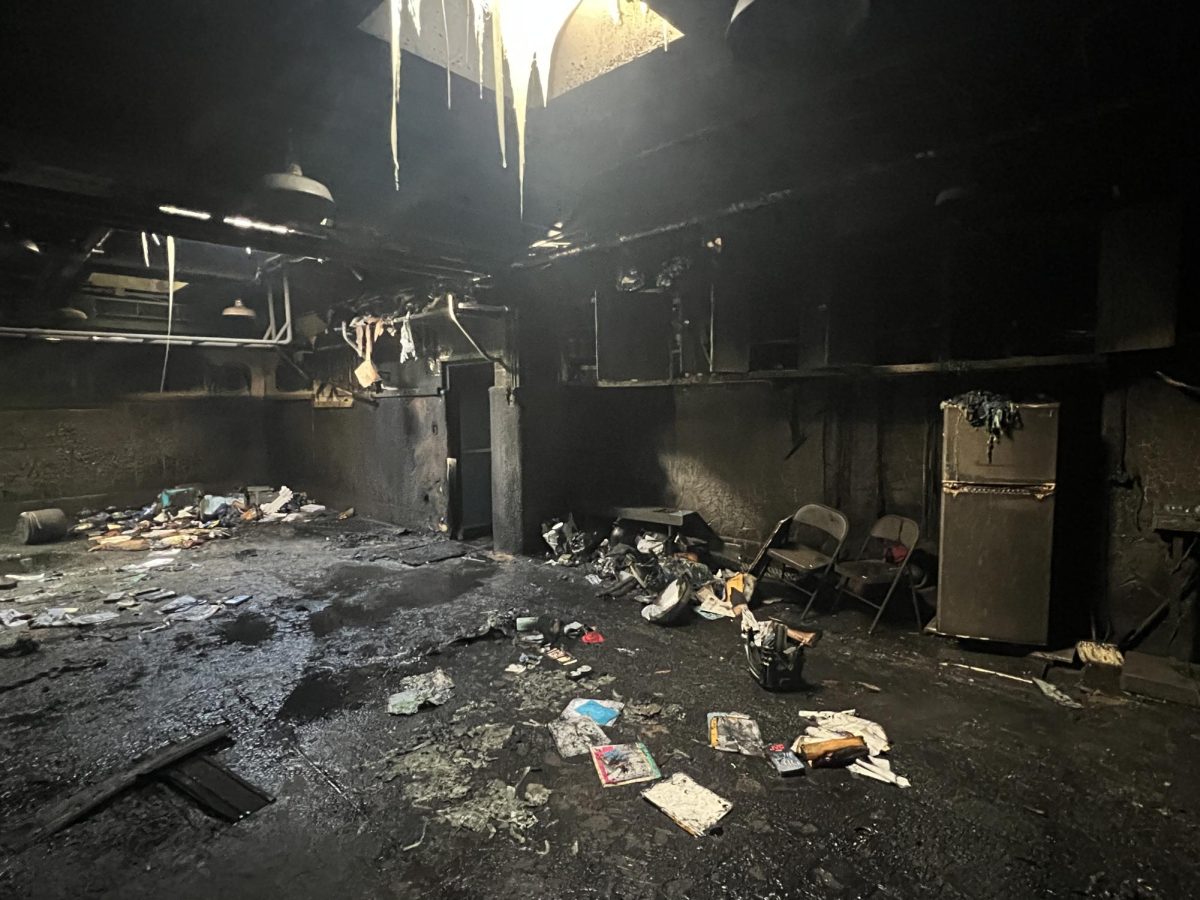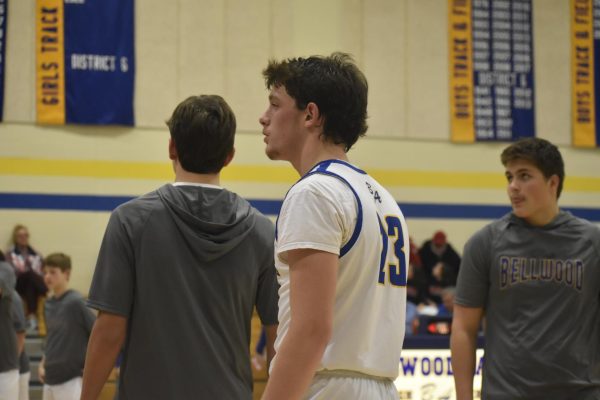B-A counselors learn about human trafficking
Human trafficking is a growing issue in Central Pennsylvania.
January 3, 2019
Have you heard of the terrifying stories about human trafficking occurrences at local Walmarts or other public facilities, stories shared recently on outlets like Facebook? The most disgusting part of all of this is many of the traffickers try to lure young people in by using the Christian religion, pretending to seek converts.
Recently Bellwood-Antis guidance counselors received information on the issue of human trafficking at a Student Assistance Program (SAP) training session. They learned many things and what to look for in students who could be victims.
“People think of the movie Taken when they think of sex trafficking, and that’s not what usually happens around here. One of your classmates could be a victim and you don’t even know. It could be inside of their house or by their neighbor, and it seems like they live a normal life,” said high school guidance counselor Mrs. Danielle McNelis.
The question is, how much should parents be worried?
“I believe it is something parents should be aware of,” said middle school guidance counselor Ms. Miller. “Sadly, dangers lurk everywhere, even in places where we think we are safe, and it would be an injustice to parents if we don’t inform them of these things we learn in training.
“If there is a situation where an individual feels they have been approached by someone suspicious who may be a trafficker, it would be important to find an adult immediately or approach a security figure in the public to inform them or call 911.”
Human trafficking is a federal crime and could lead to imprisonment for life. Severe forms of trafficking include sex trafficking, in which a commercial sex act is induced by force, fraud, or coercion, or in which the person induced to perform such act has not attained 18 years of age. The US Department of Education says “human trafficking is a form of modern slavery.”
Some common examples of identified child trafficking cases include: commercial sex, stripping, pornography, forced begging, drug sales and cultivation, restaurant work, and magazine crews.
Victims tend to frequently run away from home, are constantly hungry, malnourished, deprived of sleep, or dressed inappropriately for weather conditions.






